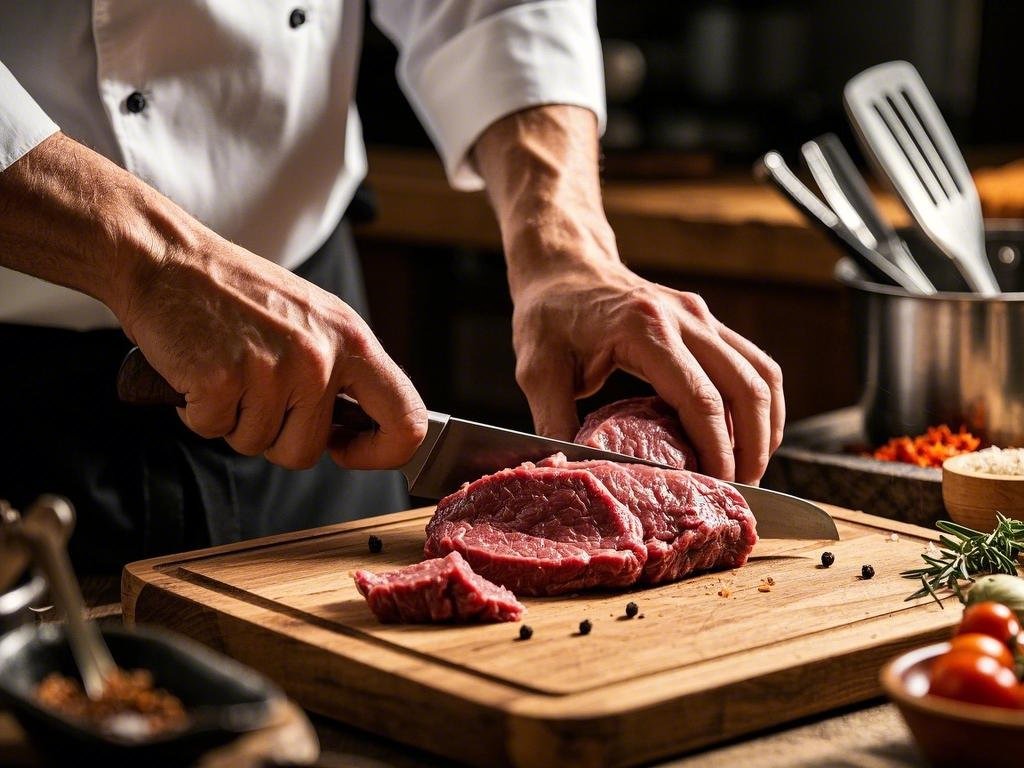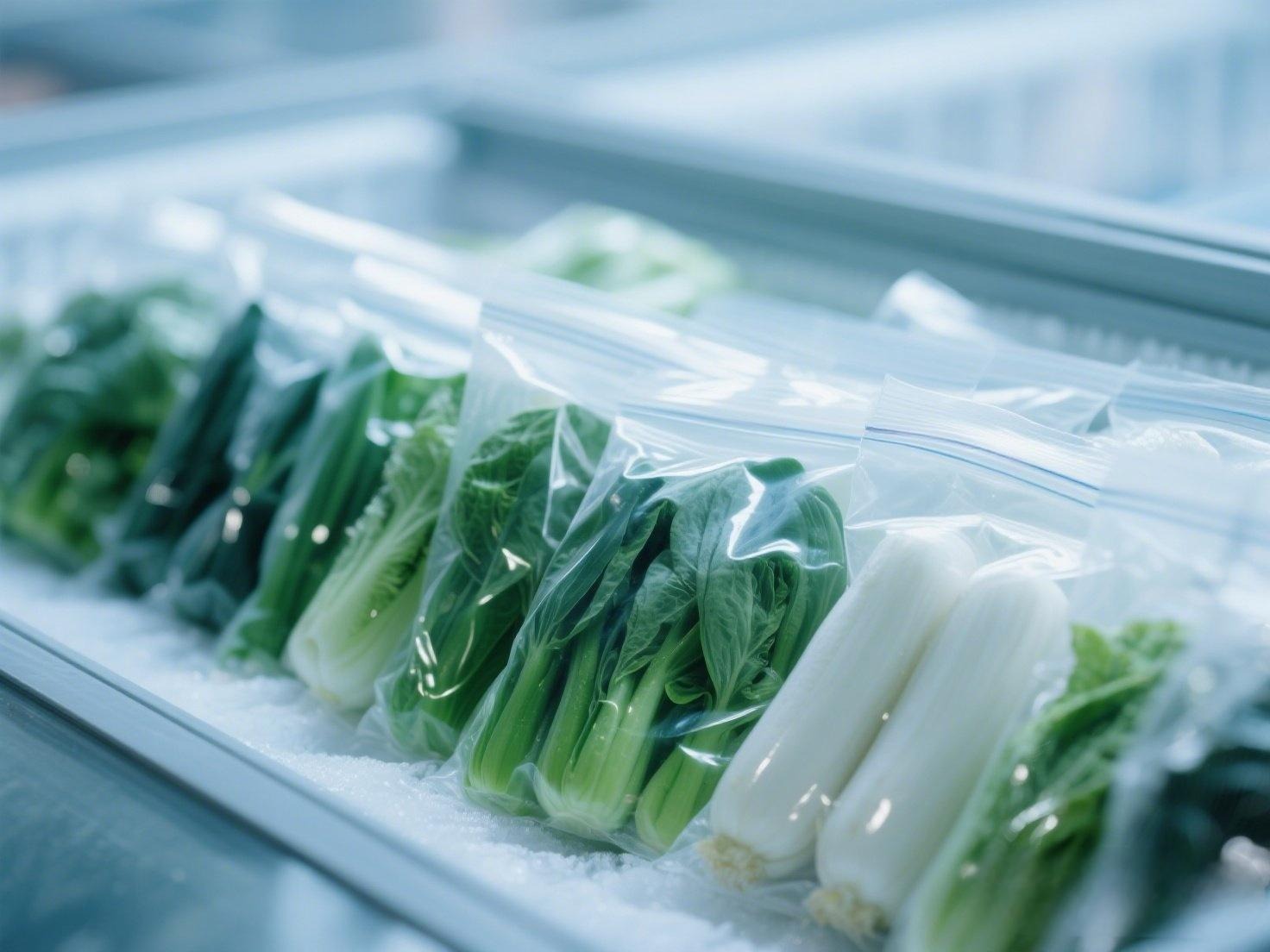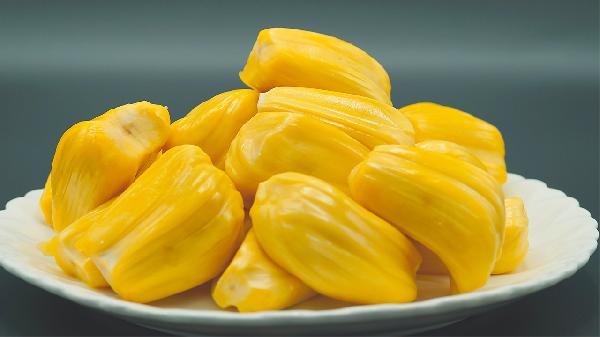Cooking beef to perfection requires patience and technique. The secret to tender beef is cooking it long enough—at least 2.5 hours—until it starts falling apart (test it with a fork). Whether you cook it on the stovetop or in the oven, the key is low and slow. For flavor, stews often outshine roasts due to their geometry, and browning the beef beforehand enhances its taste. Marinating in red wine and vinegar, using herbs, and incorporating umami-rich ingredients like onions and dark chocolate can elevate your dish. From German sauerbraten to Mexican-inspired stews, the possibilities are endless.

The Secret to Tender Beef
To achieve melt-in-your-mouth tenderness, cook beef for at least 2.5 hours. This slow-cooking process breaks down the connective tissues, making the meat fall apart easily. Whether you use a stovetop or oven, the principle remains the same: low and slow. In the oven, lower temperatures require longer cooking times but yield better results.
Why Stews Are More Flavorful Than Roasts
Stews often pack more flavor than roasts because of their geometry. The smaller pieces of beef in a stew have more surface area, allowing them to absorb more liquid and spices. This results in a richer, more complex flavor profile compared to a roast.
The Importance of Browning
Browning the beef before cooking is crucial for developing depth of flavor. Whether you sear it on the stovetop or braise it in the oven, this step caramelizes the meat’s surface, adding a rich, savory note. If the beef isn’t brown enough after cooking, use the grill for a few minutes to finish it off.
Marinating for Flavor
Marinating beef in a mixture of red wine and vinegar can infuse it with incredible flavor. Combine a cup of vinegar and a bottle of red wine, adding spices if desired. Marinate overnight or for several days for maximum impact. In Germany, this method is known as “sauerbraten.” After searing, use some of the marinade to cook the beef, allowing it to absorb the liquid.
Enhancing Roasts with Herbs and Sauces
For roasts, coat the beef with herbs like rosemary and thyme or slather it with mustard. For an American twist, use BBQ sauce. These coatings not only add flavor but also create a delicious crust during cooking.
Building Flavor in Stews
For stews, start by searing beef cubes to lock in flavor. Then, add generous amounts of minced onions—equal in weight to the beef—and cook them together. The onions will break down, releasing umami-rich flavors. Adding minced celery and carrots further enhances the stew’s taste.
Adding Depth with Spices and Chocolate
Spices, herbs, a drop of soy sauce, and even a small piece of dark chocolate can elevate your stew or sauce. These ingredients add layers of complexity, making every bite a delight.
Global Inspirations for Beef Stews
Beef stews can be themed in countless ways:
Hungarian: Paprika and bell peppers.
Mexican: Chile and cumin.
Burgundy: Red wine, thyme, and bacon.
Majorcan: Red wine, cinnamon, and dried plums.
Korean: Chile and soy sauce.
German Sauerbraten: Red wine, vinegar, gingerbread, and raisins.
While the classic American beef stew with carrots and potatoes is comforting, these global variations offer exciting alternatives.
Final Tips for Perfect Beef
To master beef cooking:
Be Patient: Slow cooking is key to tenderness.
Brown Well: Searing adds depth of flavor.
Marinate: Use wine and vinegar for a flavor boost.
Experiment: Try global recipes to discover new favorites.
With these techniques, you’ll transform beef into a culinary masterpiece every time.
























